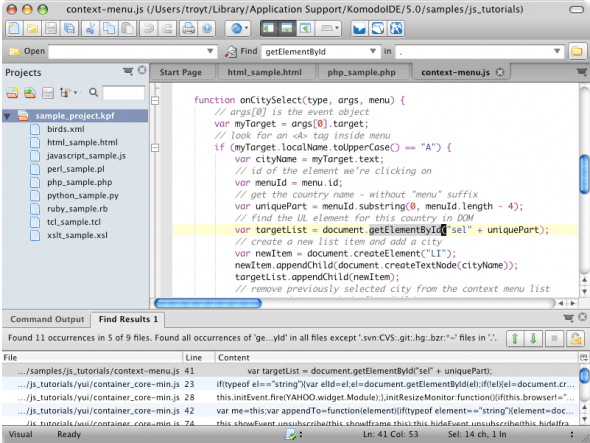Convert rich text documents to other formats
Mac Terminal Text Editor Online
With TextEdit, you can open and edit rich text documents created in other word processing apps, including Microsoft Word and OpenOffice. You can also save your documents in a different format, so they're compatible with other apps.
Create and edit HTML documents
You don't need a special app to write or edit HTML code—just use TextEdit. You can display HTML documents like you'd see them in a browser, or use TextEdit as a code editor.
Mark up images
To get the default UI behavior, using the Mac built-in open command, with that '-a TextEdit' flag (that others mentioned) induces the Mac UI to have (any) currently running instance of TextEdit handle the call (with no inapropos 'sudo' needed for general case usage). Micro's keybindings are what you would expect from a simple-to-use editor. You can also rebind any of the bindings without problem in the bindings.json file. Micro has full support for the mouse. This means you can click and drag to select text, double click select by word, and triple click to select by line. Terminal Emulator. The text editor is antirez's kilo, with some changes. It's about 1000 lines of C in a single file with no dependencies, and it implements all the basic features you expect in a minimal editor, as well as syntax highlighting and a search feature. This booklet walks you through building the editor in 184 steps.
You can write or draw on images in your text files using the tools in the Markup toolbar.
To explore the TextEdit User Guide, click Table of Contents at the top of the page, or enter a word or phrase in the search field.
MacMost Now 256: Using the Text Editors Hidden in Terminal There are four text editors you can use from the Terminal: Pico, Nano, Vi and Emacs. Each can be used to quickly edit text files. Learn how to access them and what makes them different. In the Terminal app on your Mac, invoke a command-line editor by typing the name of the editor, followed by a space and then the name of the file you want to open. It is really simple to do and can open every file that you can open in text edit. Do you have a tip you want to share, or do you have a suggestion you want to make for a future tip.
If you are new to Mac OS X, you may need to know how to edit your PATH. The good news is that this is an easy task on Mac OS X.
The recommended way is by editing your .bash_profile file. This file is read and the commands in it executed by Bash every time you log in to the system. The best part is that this file is specific to your user so you won't affect other users on the same system by changing it.
Step 1: Open up a Terminal window (this is in your Applications/Utilites folder by default)
Step 2: Enter the follow commands:
touch ~/.bash_profile; open ~/.bash_profile
This will open the .bash_profile file in Text Edit (the default text editor included on your system). The file allows you to customize the environment your user runs in.
Step 3: Add the following line to the end of the file adding whatever additional directory you want in your path:

export PATH='$HOME/.rbenv/bin:$PATH' Pogo free games casino.
Mac Terminal Text Editor
That example would add ~/.rbenv to the PATH. The $PATH part is important as it appends the existing PATH to preserve it in the new value.
Text Editor On Mac
Mobile slot games. Step 4: Save the .bash_profile file and Quit (Command + Q) Text Edit.
Step 5: Force the .bash_profile to execute. This loads the values immediately without having to reboot. In your Terminal window, run the following command.
source ~/.bash_profile
That's it! Now you know how to edit the PATH on your Mac OS X computer system. You can confirm the new path by opening a new Terminal windows and running: Most recent version of mac os.
echo $PATH
Free Text Editors
You should now see the values you want in your PATH.
[Updated 2/10/2012] The instructions now use the .bash_profile method of editing your PATH. This is preferred as it keeps the changes specific to your user. I also updated the instructions to use Text Edit instead of vim so it is easier for a beginner.
